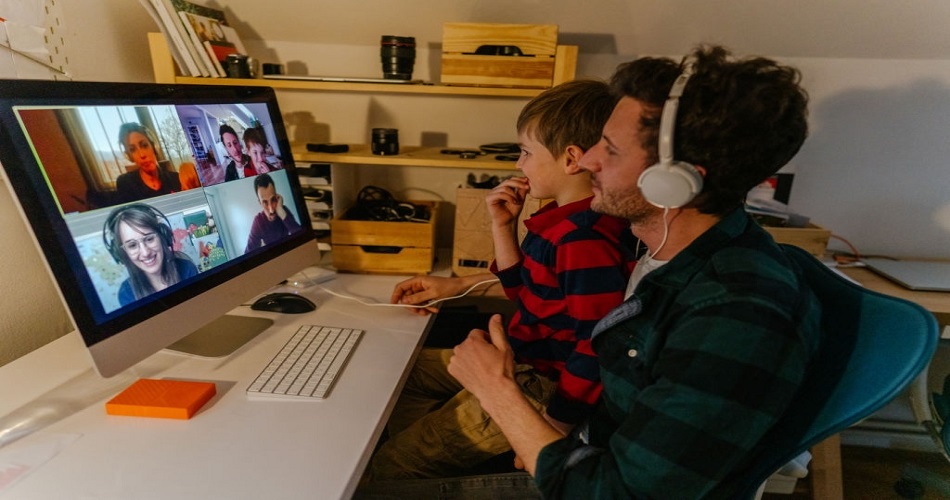The increased scenario of remote learning has made it possible to reach all our students at our fingertips; educators are in constant working on providing virtual IEP meetings for those children with special needs.
Individualized Education Program (IEP) is organized for those who need tailor based assistance. IEP provides structured data on each child’s progress, what challenges they are facing at present and what new strategies and techniques need to be implemented.
The preliminary purpose of holding IEP meetings is –
- To review and update each child’s IEP
- To modify individual support system
- To evaluate the progress and to make changes according to the need
- To tailor make the annual goals which are specific as well as measurable
Tips on How to Conduct Successful Virtual IEP Meetings –
Be Tech Prepared
Conducting a meeting virtually calls for a thorough check on the technological nitty-gritty. It begins with which platform you are choosing, finding alternatives for anticipated issues, etc. While choosing the virtual platform, it is always better to run the meeting on the school platform. There are two-way benefits to this. One, it will provide stronger privacy and second, the assisting school staff is already familiarized with the tool, so you can expect a smoother operation.
Also, in the event of a technological issue, it is ideal to have a backup plan for any such uncertainty to save yourself from stress and anxiety.
To help you avoid a few of the common issues that may arise in the meeting here are few technology tips –
- Do a test run on the virtual platform before conducting the meeting
- Check with the internet connection and keep the required device charged up
- Ask participants to login/join the meeting at least 5 to 10 minutes before to avoid any last minutes rush
- Make an effort to create a space where you will not be disturbed
Develop and Share the Agenda Prior
For Conducting virtual IEP meetings, having a prepared list of agenda will enable you to be in sync and also enable you to remain organized throughout. In addition to this, preparing a virtual agenda should not be limited to transitioning through the meeting. A meeting agenda can keep the discussions in line and it acts as a guide for all participants as well. This way all members will be able to provide their input in the context.
Keep Enough Pause for Discussion and Queries
In a virtual meeting, the lack of physical proximity often results in rushing and jumping to the next agenda. It mainly happens because of the absence of physical cues. The key to avoiding this issue in your online and virtual IEP meetings lies in allowing wait time for participants to react. You as a facilitator in the meeting should be able to anticipate those areas that need collaborative discussion. Prompting a pause after each stage provides room for questions and queries to arise.
Post-meeting Feedback
Your work as an educator is not finished at the end of the meeting. Consider making follow-up calls with the parents for feedback. The biggest advantage of post-meeting feedback is that, if there were any questions or concerns left unattended, you can brief on those matters individually. Feedback encourages participation plus you can expect a constructive idea on how the meeting went and was there any area that needs improvement/attention in the next session.
Not to forget, your main aim for conducting virtual IEP meetings is to ensure meeting the needs of your special students. Since you are not able to be present physically for them, your first-hand assistance is parents of those special children. Therefore, working together with families and parents must be an integral part of the process.
While dealing with special children it is essential to highlight their strengths as well. This provides a scope to work on their abilities and talents. Always be prepared for “what’s next”.
As we are using technology and virtual tools to meet our needs, for now, the key to making it a success would just be being patient and not get overwhelmed in the process.
Written By : Soma



